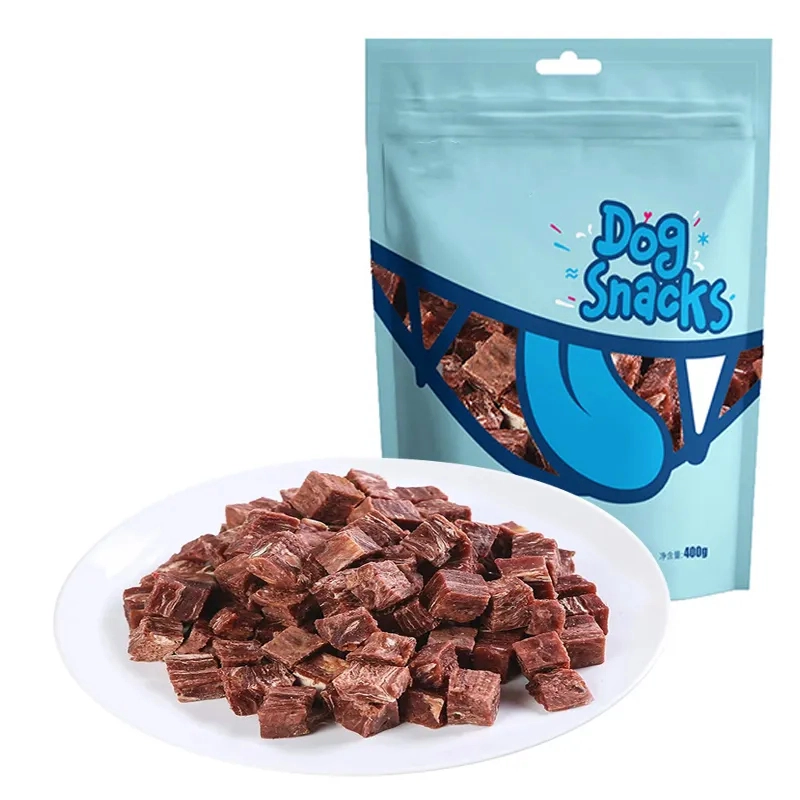dog clothes sizes
Understanding Dog Clothes Sizes A Comprehensive Guide
When it comes to dressing our furry friends, knowing their correct size is crucial for ensuring comfort and style. Just like humans, dogs come in all shapes and sizes, and finding the right clothing for them can be a bit of a challenge. This article will break down how to measure your dog correctly, understand sizing charts, and make informed choices when purchasing dog clothes.
Measuring Your Dog
Before you can figure out what size clothes your dog needs, you’ll need to measure them accurately. Here are some key measurements to take
1. Neck Size Use a soft measuring tape and wrap it around your dog’s neck just below the collar. Ensure it’s snug but not tight.
2. Chest/Girth Measure around the widest part of the chest, typically right behind the front legs. This is a critical measurement as it determines the fit of the body of the clothing.
3. Back Length Measure from the base of the neck (where the collar sits) to the base of the tail. This will help you determine the correct length of the clothing.
4. Weight While weight is not directly a measurement for clothing, it can provide context when choosing sizes, especially for bulky breeds.
5. Breed Consideration Some breeds may have unique body shapes (like Bulldogs or Greyhounds), which might not fit standard sizing charts. Always consider the breed type while selecting sizes.
Understanding Dog Clothing Sizes
Dog clothes sizes are usually labeled as XS (Extra Small), S (Small), M (Medium), L (Large), XL (Extra Large), and so on. However, it’s important to remember that size charts can vary significantly from one brand to another. Always refer to the specific sizing chart of the manufacturer you are purchasing from.
dog clothes sizes

- Extra Small Typically fits dogs weighing up to 5 lbs, like Chihuahuas. - Small Fits dogs weighing 5 to 15 lbs, such as Yorkshire Terriers. - Medium Suitable for dogs that weigh 15 to 30 lbs, like Beagles. - Large Designed for dogs weighing 30 to 50 lbs, such as Bulldogs. - Extra Large For larger breeds weighing 50 to 90 lbs, like Labradors.
Some brands also offer “XXL” sizes for even larger breeds; make sure to double-check their specific measurements.
Tips for Choosing Dog Clothes
1. Consider the Fabric Select clothes made of breathable and flexible materials. This is essential for your dog’s comfort, especially if they are wearing clothing for extended periods.
2. Check for Adjustability Look for clothing with adjustable straps or elastic features to accommodate your dog’s movements and ensure a snug fit without restricting them.
3. Style Versus Function While it's fun to find stylish outfits, prioritize functionality. For example, if you live in a colder climate, invest in warm, insulated jackets as opposed to purely fashionable apparel.
4. Read Reviews Check customer reviews for insights on sizing accuracy. Many dog owners share their experiences, which can aid in making the right choice.
5. Trial and Return Policy If possible, buy from retailers that offer a trial and return policy. This way, if the size doesn’t fit as expected, you have options.
Conclusion
Finding the right size for dog clothes may take a little effort, but the reward is a comfortable and stylish pet. By accurately measuring your dog, understanding clothing sizes, and choosing appropriately, you'll ensure they not only look great but also feel great in their new outfits. Happy shopping for your canine companion!







